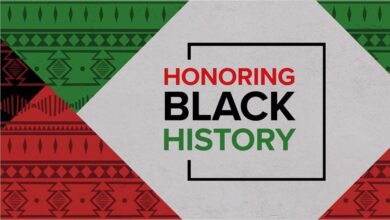The great divide: the rise and fall of a Black business mecca in Columbus
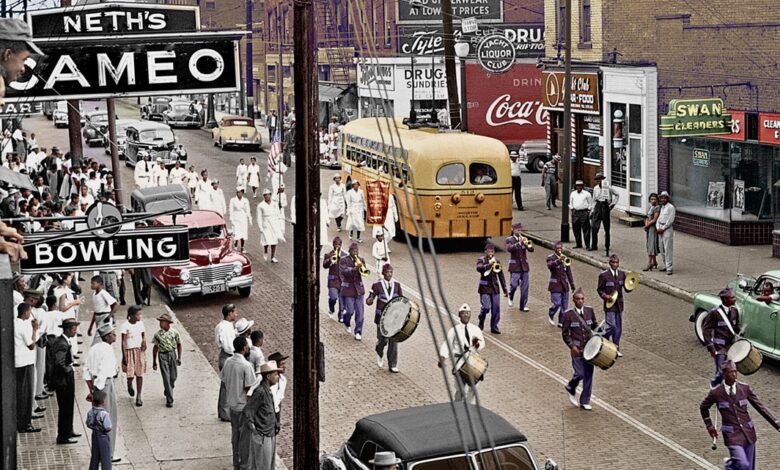
People in the Mount Vernon neighborhood talk about how the installation of Interstate 70 reshaped the east side and the Black community.
COLUMBUS, Ohio — Neighborhood memories are often full of happy times, stories and events that shape childhoods and families.
However, for many Black families on the east side of Columbus, those memories were overshadowed by the asphalt and concrete of Interstate 70 leading to the great divide.
At the corner of East Long Street and Elijah, Pierce Avenue sits a beacon of hope in the form of a Black-owned business serving up waffles.
“This has been 20 years in the making,” said Gayle Troy, owner of What the Waffle. “I knew at some point I would be at this juncture.”
Her restaurant added a new, fresh aroma to a once-thriving community that some say the federal government ruined.
“If you can visualize the Short North and everybody walking up and down High Street, that was Mount Vernon Avenue,” said local historian Reita Bynum Smith.

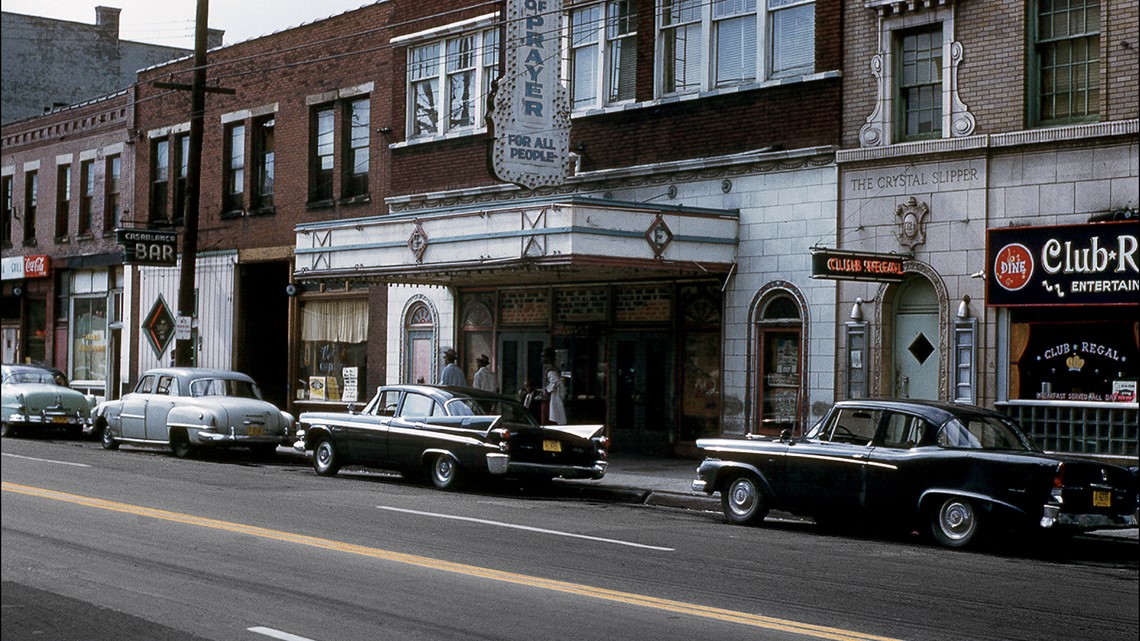
The historic Mount Vernon neighborhood was once considered the mecca of the Black economy.
“You had your flower shops, you had your barbershops, you had your small mom and pop grocery stores,” explains Al Edmondson, owner of A Cut Above the Rest barbershop.

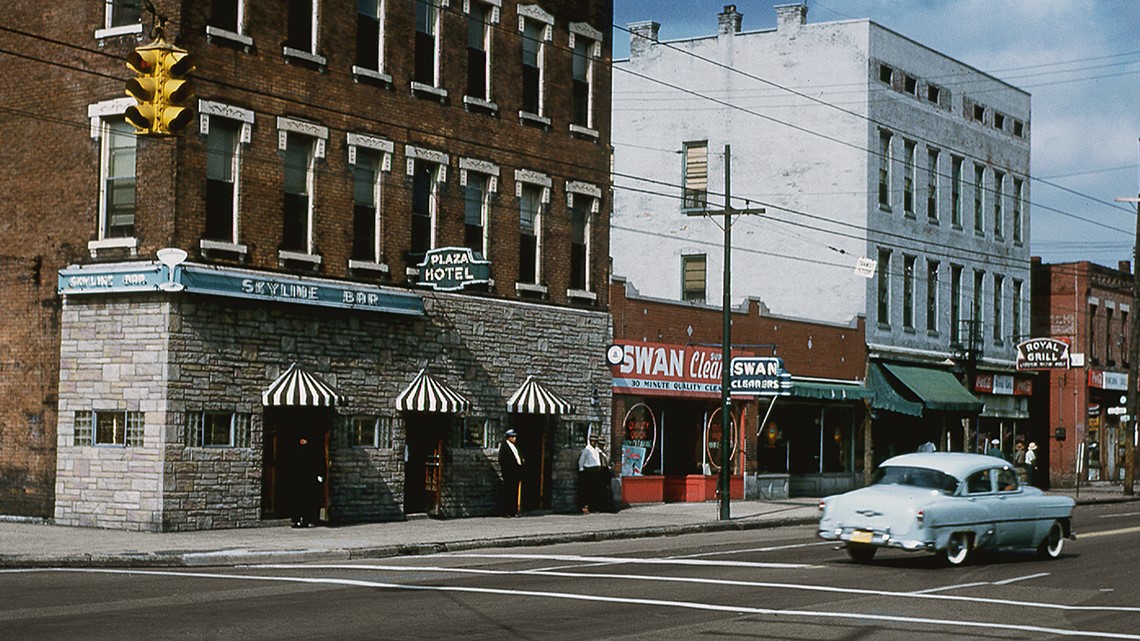
In the ’50s, ’60s and ’70s the Mount Vernon area was home to thousands of Black families and successful businesses.
“Our community was self-contained. You didn’t necessarily need to go downtown,” William Richardson told 10TV.
Faced with the segregation and discrimination of the time, Mount Vernon was isolated like many other Black communities.

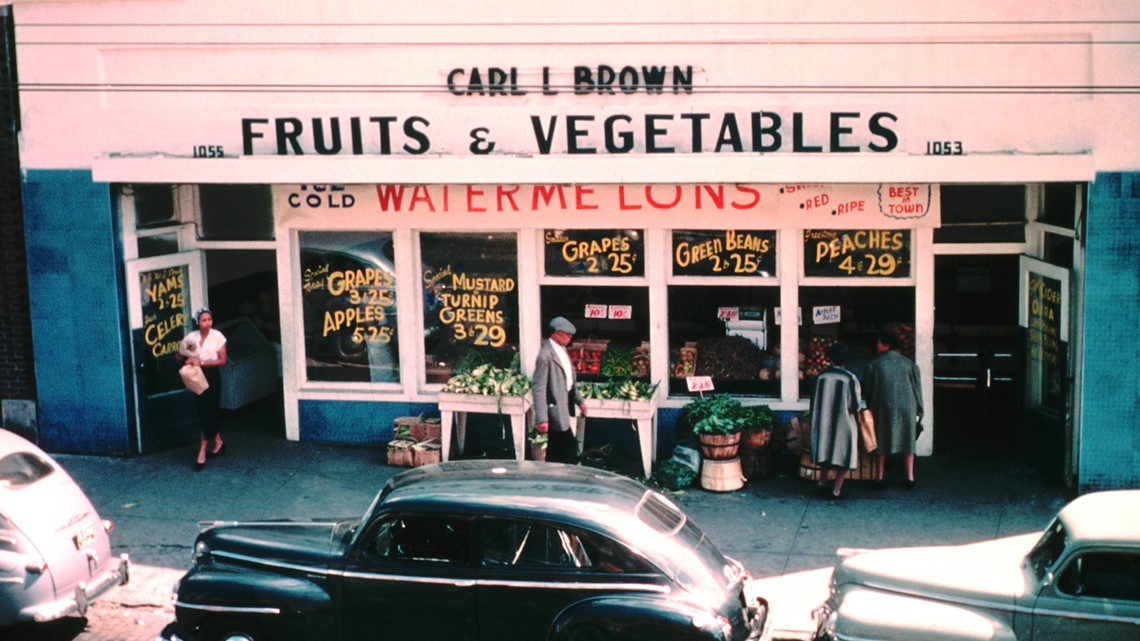
“These communities lacked the political power to know what was happening and they lacked the access to decision-makers,” says Jack Marchbanks, Director of the Ohio Department of Transportation.
That lack of a political ally and lack of control reshaped the east side of Columbus.
“It was decimated because of Interstate 70,” explained historian Cathy Nelson.
On June 29, 1956, President Dwight D. Eisenhower signed the Federal Aid Highway Act. That legislation providing funding for the construction of the interstate highway system.
Here in Central Ohio: the Great Divide.
“In Columbus, you have about 40 miles of interstate…670, 71 and 70, all within the outer belt. Almost all of them go through Black and poor communities,” said Marchbanks.
The footprint of I-70 forced many families and business owners to either sell or be forced out.
Along with Mount Vernon and Long Street, the interstate blueprint was forced to change when the congregation of Shiloh Baptist Church refused to budge and turned down a major offer to sell.
“It was in the millions,” said Richardson. “But it was more than the money. The congregation felt they were a service to the community. They felt they needed to be there.”
Shiloh was saved but the same couldn’t be said for the area around the church.
“More drugs were in the neighborhood, more vacant buildings,” said Edmondson.
Al Edmondson grew up in the neighborhood and has owned his barbershop business for more than 30 years. He says the business footprint in the Mount Vernon district now is no match to what it was.
But, he says, with recent development on Long Street and more families moving into the area, there is a glimmer of hope.
“We’ve still got to bring back the small businessman or small businesswoman and continue to build this area up,” said Edmondson.





















































